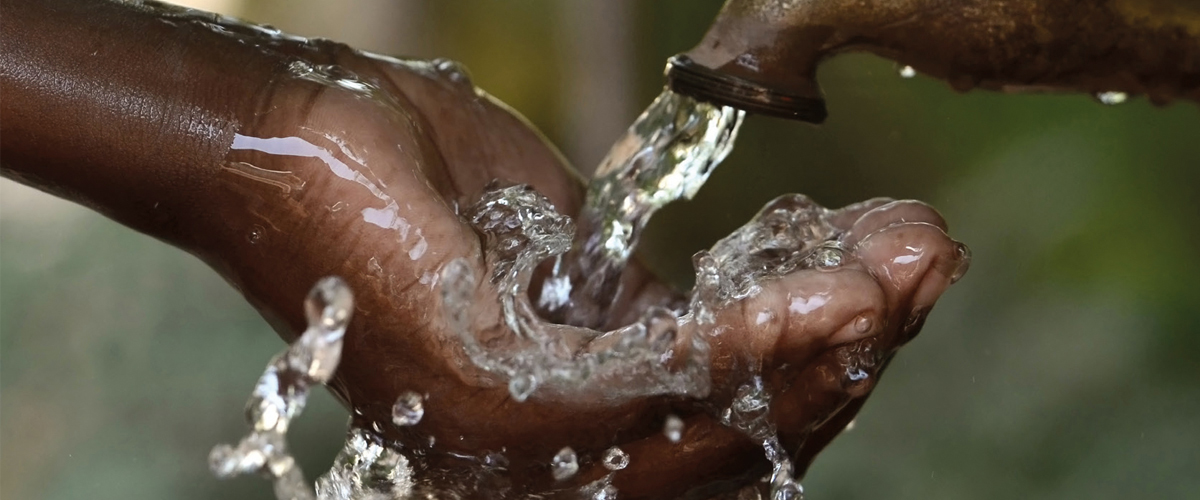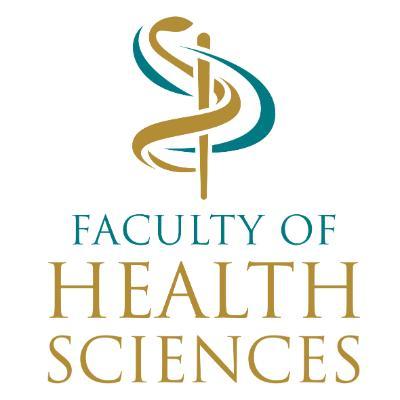WASH - a pipeline to saving lives
- Duschanka Hitzeroth
Diarrhoea is one of the leading causes of sickness and death in children under five in South Africa.
Water, sanitation and hygiene (WASH) interventions could significantly reduce these deaths.
Globally, one in 10 deaths in children under the age of five years results from diarrhoea. In South Africa, it’s about one in five children. Research shows that diarrhoea is closely linked to socioeconomic status and has the most adverse effects in South Africa’s impoverished communities.
South African children living in poverty are approximately 10 times more likely to die from diarrhoea than their more privileged counterparts. The 2010 General Household Survey (a nationally representative inquiry into the livelihood of South Africans) showed that there were over 60 000 cases of childhood diarrhoea per month, and approximately 9 000 child diarrhoeal deaths in the same year.

Researchers at PRICELESS SA in the Wits School of Public Health investigate how to prioritise South Africa’s resources to improve public health, including addressing the high prevalence of diarrhoea. PRICELESS SA is the Priority Cost Effective Lessons for Systems Strengthening South Africa.
“Although diarrhoeal morbidity and mortality cannot be solely resolved through health systems interventions, approximately five million cases of diarrhoea can be averted by 2030 if both health system and other structural interventions are scaled up to full coverage,” says Professor Karen Hofman, Director of PRICELESS SA.
Research by PRICELESS SA emphasises the essential requisite for viable water, sanitation and hygiene (WASH) interventions. Dr Lumbwe Chola is lead author of a paper exploring the costs and effects of interventions to treat and prevent diarrhoea in children under five in South Africa.
“The provision of WASH interventions, such as water connection in the home, a better quality water source, improved sanitation, hand washing with soap, and the hygienic disposal of children’s stools will prevent more than 50% of the diarrhoeal deaths,” says Chola, but points out that more than 90% of the total costs are related to infrastructure to provide safe water and adequate sanitation to millions of poor South African households.
Although South Africa has achieved some of the Sustainable Development Goals related to water and sanitation (90% of South Africans now have access to a clean public water source and over 70% use a latrine or toilet), approximately six million households (46%) remain without access to piped water in their homes and 1.4 million households (11%) still lack access to sanitation services.
Challenges to uniformly implement home water connections and improve sanitation across provinces remain. In the Eastern Cape, the number of children with access to sanitation services has tripled to 82% since 2002, but in Limpopo only 50% of children have basic sanitation.
Income and wealth also play a significant role. For example, in 2015 close to 50% of South Africa's poorest children lived in a household with water on site compared to 96% in the richest quintile.
PRICELESS SA used UNICEF’s LiST – the Lives Saved Tool – to show the potential number of lives that could be saved and the marginal cost of doing so. The Lives Saved Tool is software that estimates the survival of mothers and children.
All 13 interventions to prevent diarrhoeal deaths range between an extra R90 and R180 per capita while the WASH interventions would require an additional investment ranging from R80 to R150 per capita, per year.
Chola says, “All these estimated intervention costs can potentially guide policy and budget planning. Considering South Africa’s health budget [R205.4bn for 2018/19], the cost of scaling up all 13 interventions should be within arm’s reach.”
Read more about the research conducted across faculties, disciplines and entities to help secure humanity’s most important resource for survival: water, in the fourth issue of Wits' new research magazine, Curiosity.


